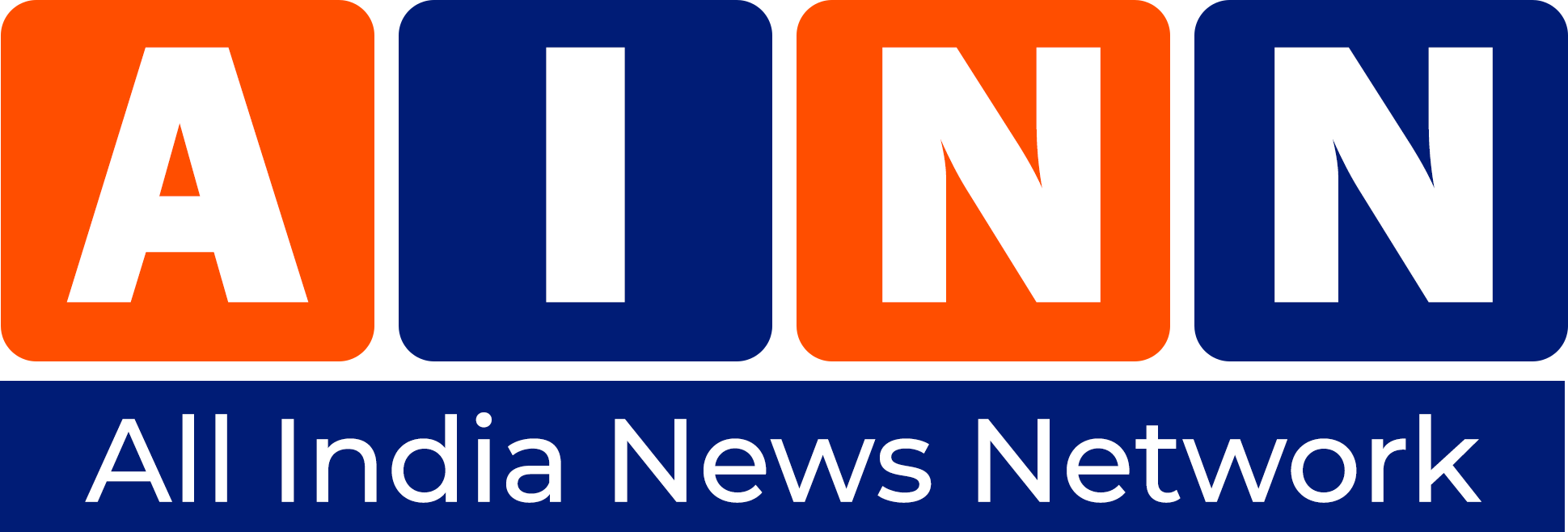India’s economy under pressure: Inflation climbs, growth slows economic dilemma
India faces a dual challenge of high inflation eroding purchasing power and sluggish economic growth limiting job creation and investments. Balancing price stability with growth-oriented policies is crucial to overcoming this economic strain.

India's economy is currently grappling with a dual challenge: rising inflation and slowing growth. Recent data indicates that the country's economic expansion has decelerated, while inflationary pressures persist, affecting various sectors and consumer spending.
Economic Growth Slowdown
In the July-September quarter of 2024, India's Gross Domestic Product (GDP) grew by 5.4% year-on-year, marking the slowest pace in seven quarters. This downturn is primarily attributed to weaker manufacturing output and subdued private consumption. The manufacturing sector expanded by only 2.2% during this period, a significant decline from the 7% growth observed in the previous quarter. Economists have pointed to factors such as rising inflation, high borrowing costs, and stagnant real wage growth as key contributors to this slowdown.
In response to these developments, the Reserve Bank of India (RBI) reduced its key interest rate by 25 basis points to 6.25% in February 2025, marking the first rate cut in nearly five years. This move aims to stimulate economic activity by making borrowing more affordable for businesses and consumers. The RBI's decision reflects concerns over the slowing economy and an expectation that inflation will ease towards the central bank's target of 4%.
Inflationary Pressures
Despite the central bank's efforts, inflation remains a pressing concern. In October 2024, the inflation rate surged to 6.2%, breaching the RBI's upper tolerance limit and reaching a 14-month high. This increase was mainly driven by a significant rise in vegetable prices, which soared by over 40% during the month. The persistent high inflation has eroded consumer purchasing power, leading to reduced spending on goods ranging from daily essentials to automobiles.
Impact on Employment and Consumption
The economic slowdown and rising inflation have had adverse effects on employment and consumer demand. Real wage growth has stagnated, and there has been a decline in employment in key sectors such as manufacturing and agriculture. The service sector, despite its substantial contribution to GDP, has not generated sufficient employment opportunities to offset losses in other areas. This scenario has led to a contraction in consumer spending, further dampening economic growth
Government Initiatives
In an effort to revitalize the economy, the Indian government has introduced measures such as personal income tax cuts aimed at increasing disposable income and boosting consumption. The recent budget also emphasizes enhancing infrastructure, supporting the agricultural sector, and promoting private investment. However, the effectiveness of these initiatives in countering the current economic challenges remains to be seen.In summary, India's economy is facing significant headwinds characterized by slowing growth and rising inflation. The interplay of these factors poses challenges for policymakers striving to maintain economic stability while fostering growth















